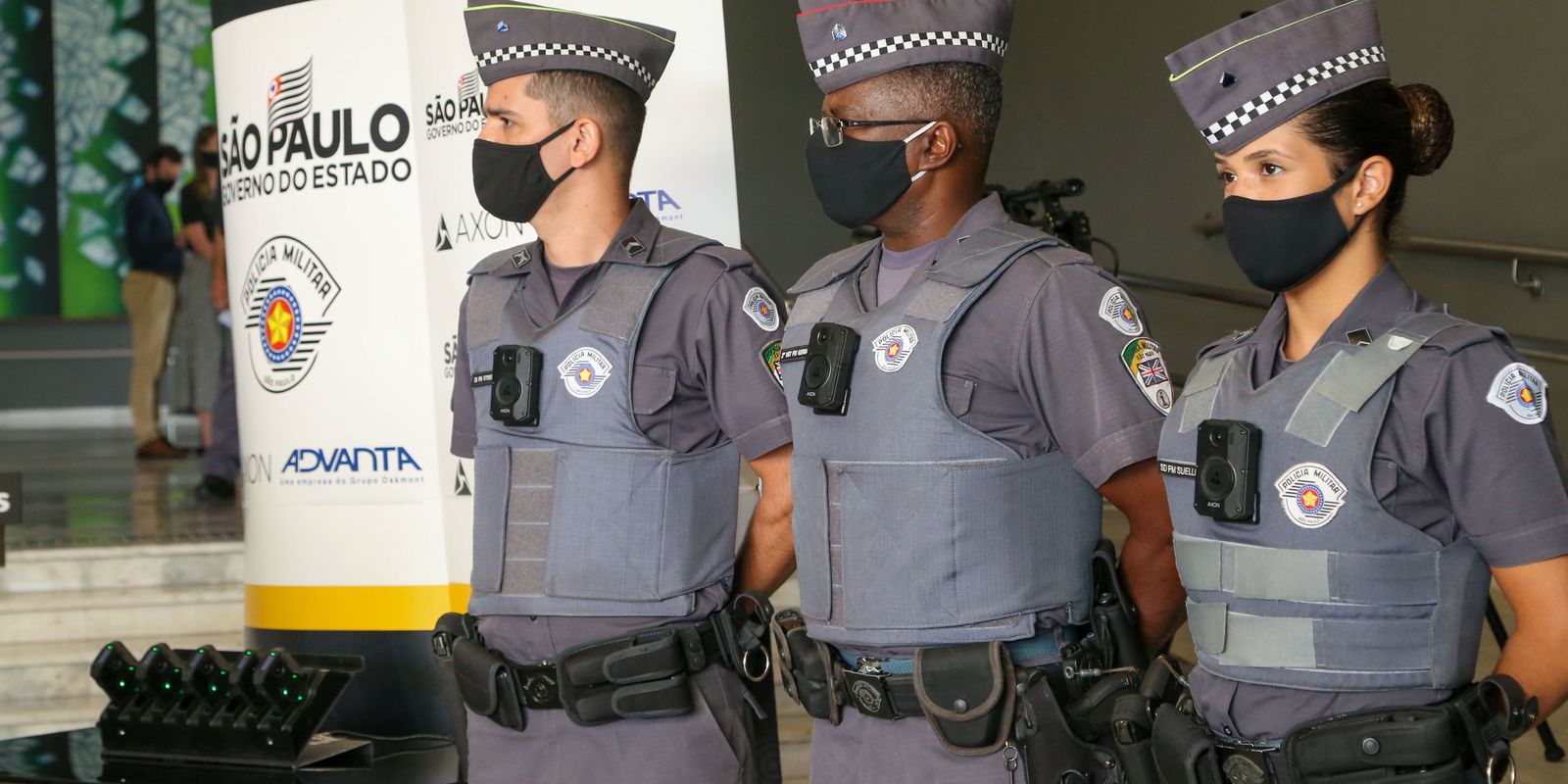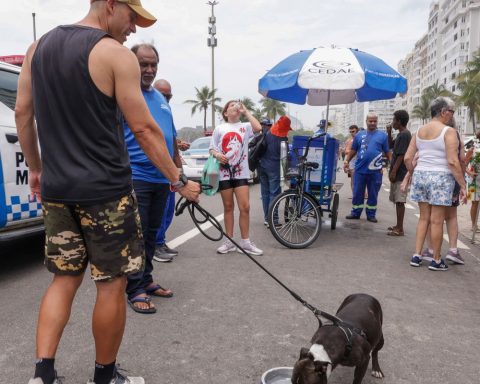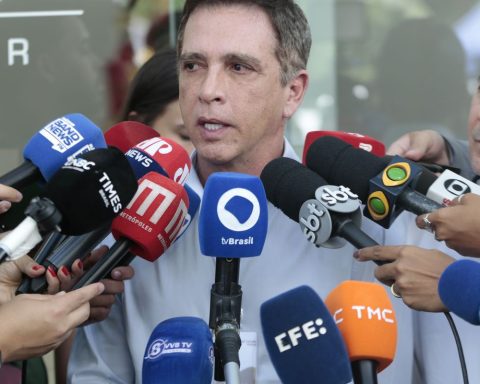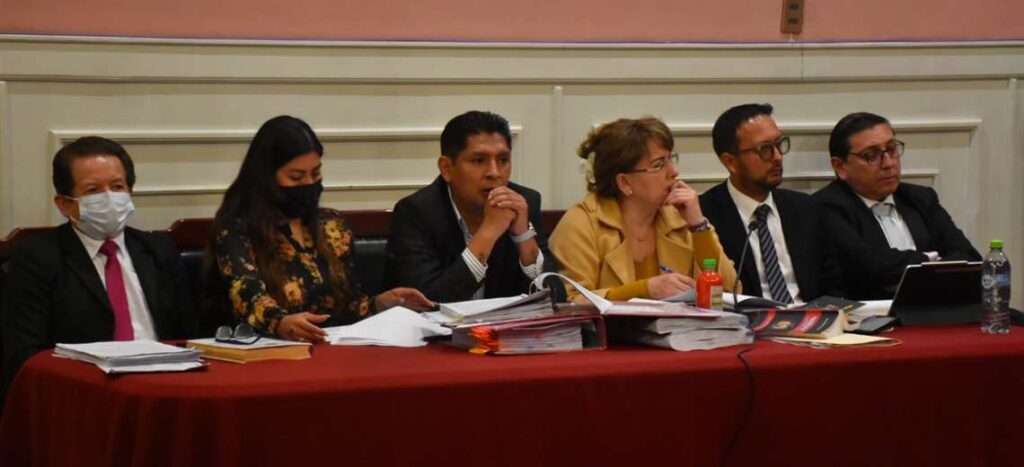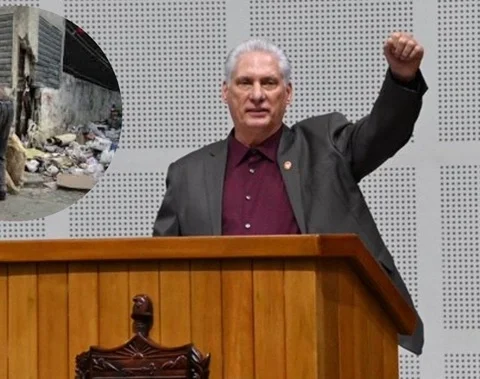Data from the São Paulo State Police Ombudsman show that, in the last two years, deaths resulting from police intervention in the state have been falling gradually. According to the agency’s report, the number of deaths as a result of confrontations was 867 in 2019; 814 in 2020 (6.1% decrease compared to the previous year); and 570 in 2021 (down 29.9% compared to 2020, and 34.2% compared to 2019). 
The information, released on the 13th, is from the 2021 Annual Report of the Police Ombudsman, based on data from the Public Security Secretariat of the State of São Paulo.
Among the causes pointed out by the ombudsman for the drop in deaths are restrictions on the movement of people on the streets due to the covid-19 pandemic, and the suspension of large parties and events. The agency emphasizes, however, that the reduction of police lethality is above all a political-institutional decision of the state government.
“It falls when governments and commands of police corporations are committed to reduction; increases when they engage in violent speech and encourage the police to use lethal force. Even though deaths from police intervention are still high, there is a significant effort by the Public Security Secretariat to adopt measures to reduce the lethality of actions”, says the text of the report.
The rigor in monitoring and punishing episodes of violence by the police are also pointed out as determining factors in reducing deaths; the greater use of non-lethal weapons, such as neuromuscular incapacitation weapons; the creation of manuals and a Non-Conformity Mitigation Commission, installed in regional commands, to analyze failures in compliance with protocols; and greater attention to the mental health of police officers.
“In addition to these actions, it is important to highlight the use of body cameras by police officers in the state. The idea that the police officer is being filmed tends to make him more cautious in the use of force. At the same time, it tends to inhibit the reaction of people in conflict with the law, which could not occur without the presence of the equipment. The body camera qualifies the evidentiary set of evidence, provides transparency and increases the population’s trust in the police”, highlights the text.
Racism
Deaths as a result of police intervention continue to affect blacks and browns more than whites. According to the data, in 2019, blacks and browns were 55.18% of the total victims; whites, 33.29%; and without reported color, 11.53%. In 2020, blacks and browns were 56.31% of the total; whites, 33.62%; and with no reported color, 10.07%. In 2021, blacks and browns were 56.67%; whites, 23.54%; and with no reported color, 19.79%.
“In 2010, in the Demographic Census, 63.9% of people from São Paulo declared themselves white, 29.1% brown, 5.5% black, 1.4% yellow and 0.1% indigenous. Even if after 11 years these data are out of date, the difference is very significant”, says the text of the report.
The full report is available at site of the São Paulo Police Ombudsman.
